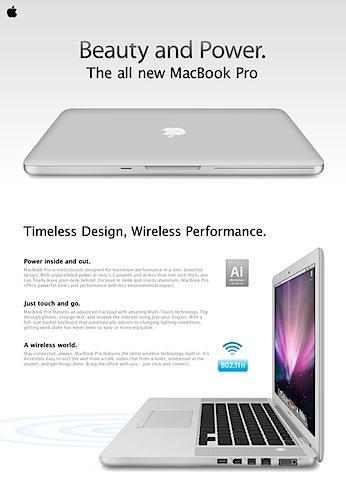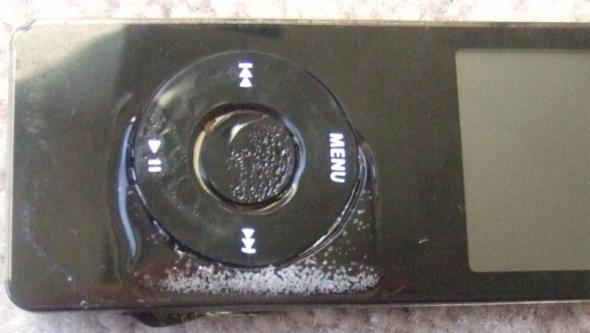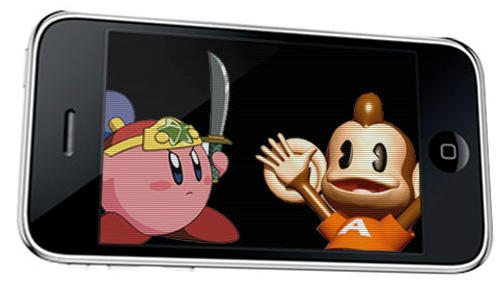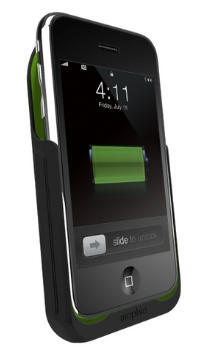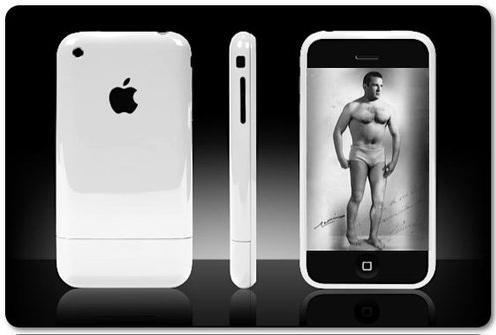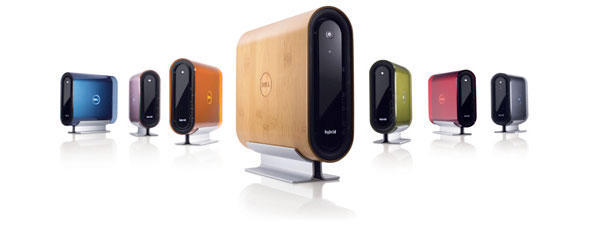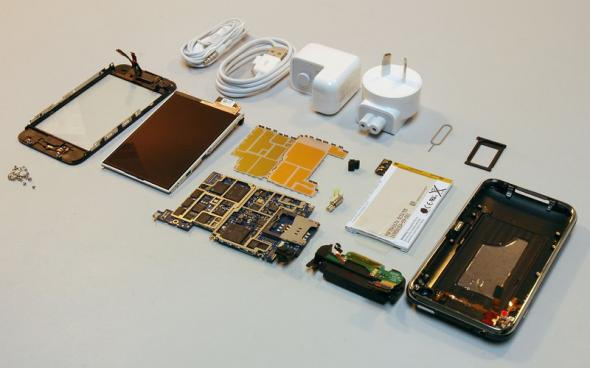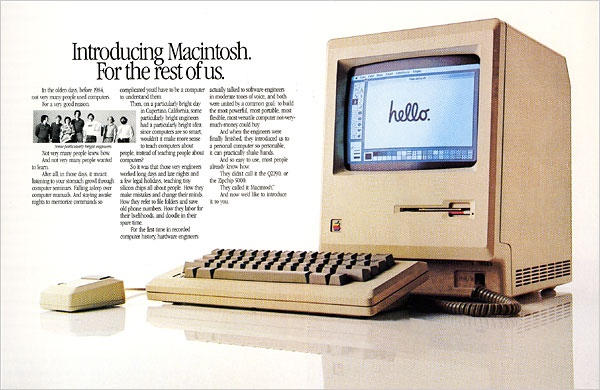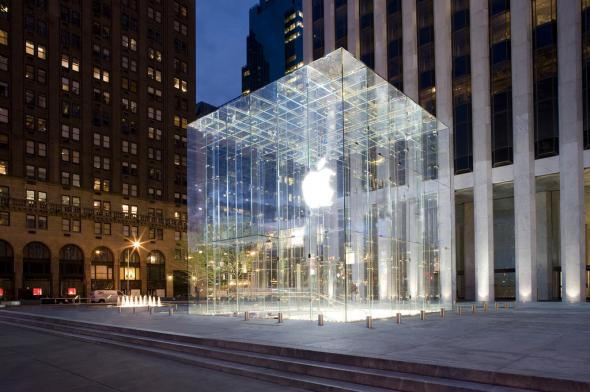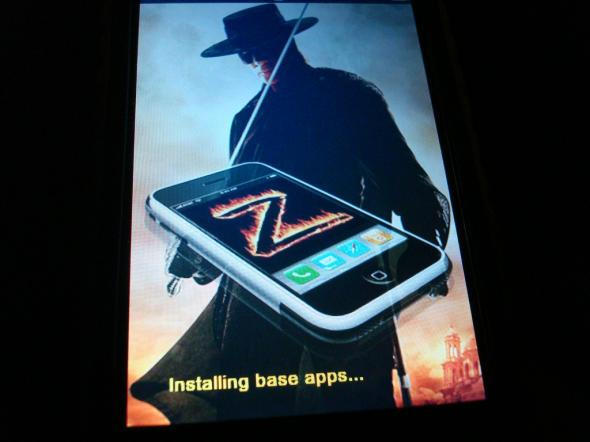In what can only be considered a turn of logic from an alternative “evil twin” universe, Hackintosh maker Psystar answered Apple’s cease and desist lawsuit of July 3th with their own alleging restraint of trade and antitrust violations.
via Computerworld
// Opinion Follows //
It’s been long anticipated that Psystar would play the “Antitrust Card” in defense of its illegal activities. The only thing is, it’s not illegal to have a monopoly. The key predicate to an antitrust suit is that the consumer must in some way be harmed by the monopolistic behavior of the defendant. Rudy Pedraza, Psystar’s president summed up their consumer harm argument by saying: “It’s not that people don’t want to use Mac OS X, but they’re not open spending an exorbitant amount of money for something that’s essentially generic hardware.”
So that’s it, ‘the Apple’s hardware is too expensive’ argument we’ve heard time and time again, and have time and time again refuted. On a direct feature for feature comparison with Sony, HP or IBM, Apple hardware is no more expensive than the competition.
Our industry is FULL of monopolies that no one seems to disagree with, examples follow:
- Tivo has a monopoly on the Tivo OS, in that it too can only be employed on Tivo or licensed 3rd party hardware.
- Sony has a monopoly on the PlayStation, PS2, PS3 and PSP operating systems and regulates very closely the hardware they’re allowed to run on
- IBM has a monopoly on mainframes and the mainframe Z-OS
- even Microsoft has a monopoly on XBox OS and limits the hardware it can run on
While I can understand that free spirited hackers take unbrage at being locked out, there is nothing inherently wrong or illegal with Apple’s strategy of controlling the whole widget. Monopoly “sounds” bad on it’s own, but in Apple’s case they’re not abusing their power.


